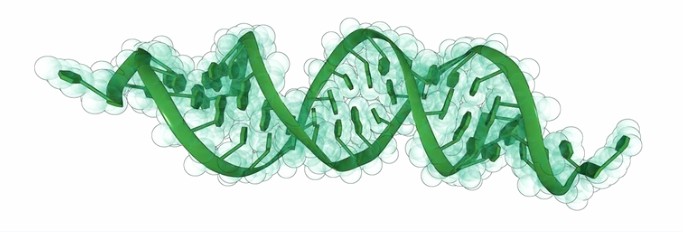Physcomitrella patens has simple nutritional requirements for growth, is easy to cultivate, its gametophytes are dominant in its life history, and the phenotypes of its mutants can be studied directly. In addition, its nuclear genome is prone to high-frequency homologous recombination with exogenous DNA with homologous fragments, which makes precise gene disruption and knockdown possible and provides good material for studying gene function.

Lifeasible is a specialized plant research company, and we provide comprehensive solutions for the genetic transformation of bryophytes and gene function studies. Our Physcomitrella patens RNA interference solution adds a powerful tool for the functional analysis of bryophyte genes and plays an important role in studying Physcomitrella patens gene function.
Physcomitrella patens undergo efficient homologous recombination, which can be used to study individual gene functions by generating gene disruptions. However, gene disruption cannot be isolated in haploid-dominant Physcomitrella patens if the gene under study is required. In addition, gene disruption does not always produce observable phenotypes due to the redundant functions of the genes involved. We provide RNA interference (RNAi) that can provide mutants for both cases. RNA interference (RNAi) is a powerful tool to selectively silence the expression of target genes by introducing small RNA molecules. In Physcomitrella patens, RNAi has a wide range of applications for the study of gene function, the study of developmental processes, and the potential for advances in biotechnology.

Lifeasible is dedicated to bryophyte gene function research based on our advanced technology platform and years of experience in research services. If you are interested in us, please feel free to contact us.
Lifeasible has established a one-stop service platform for plants. In addition to obtaining customized solutions for plant genetic engineering, customers can also conduct follow-up analysis and research on plants through our analysis platform. The analytical services we provide include but are not limited to the following:
STU-CRISPR System Improves Plant Genome Editing Efficiency
April 19, 2024
Application of Exosomes in Facial Beauty
April 12, 2024